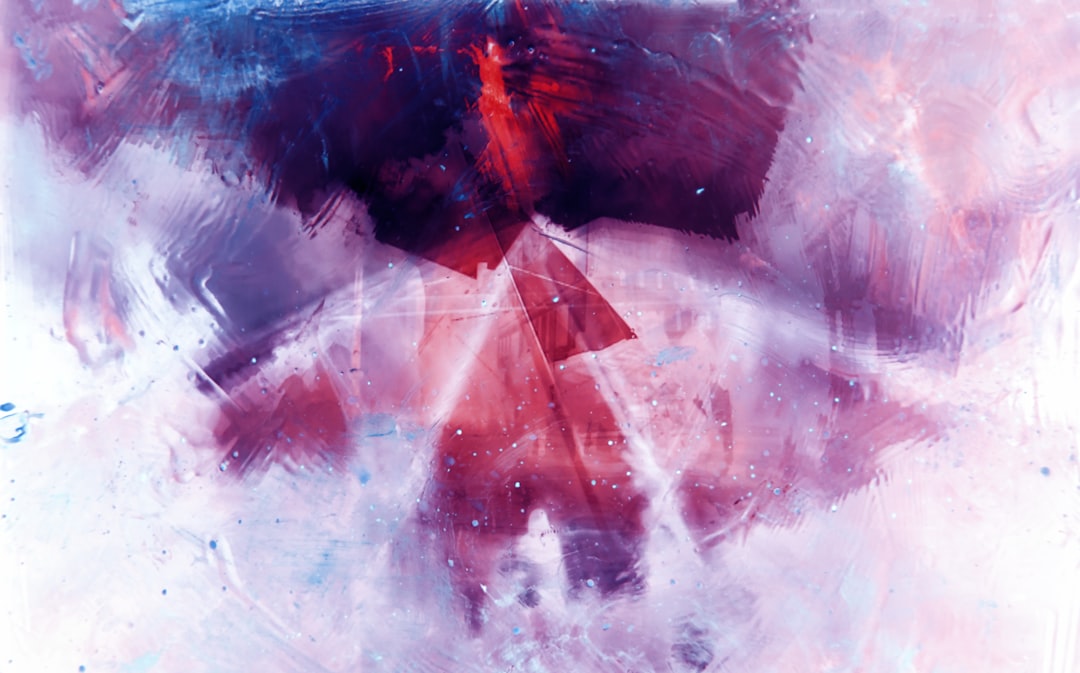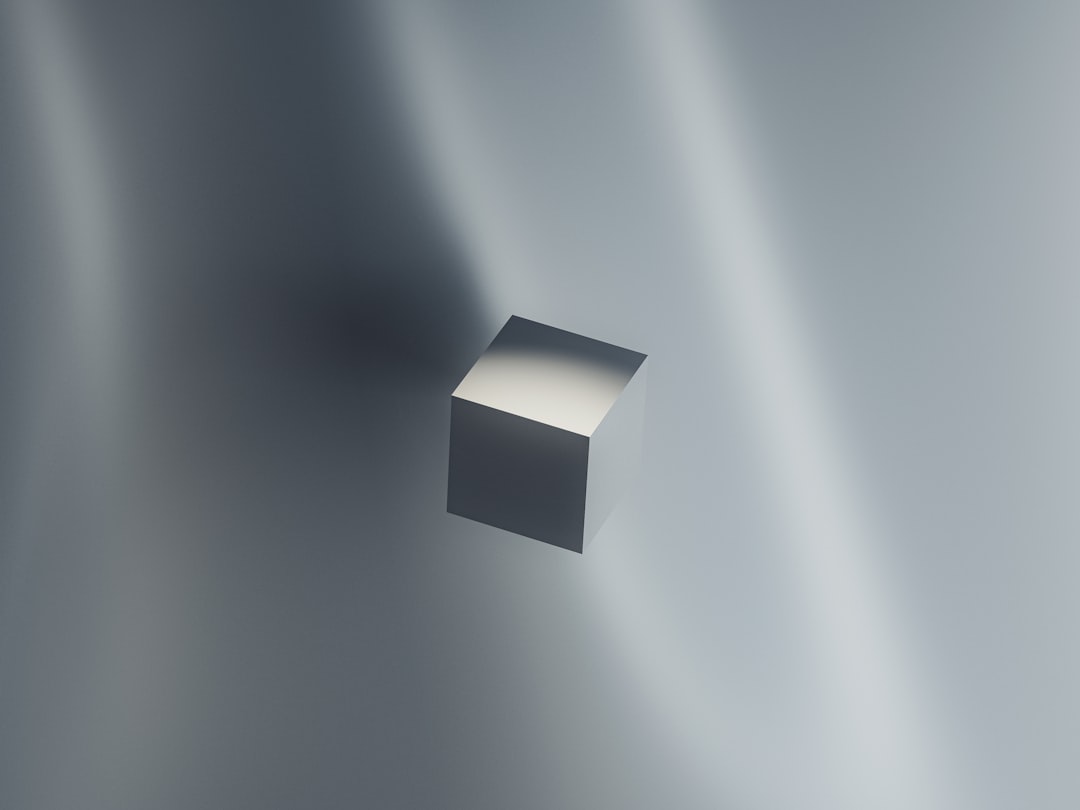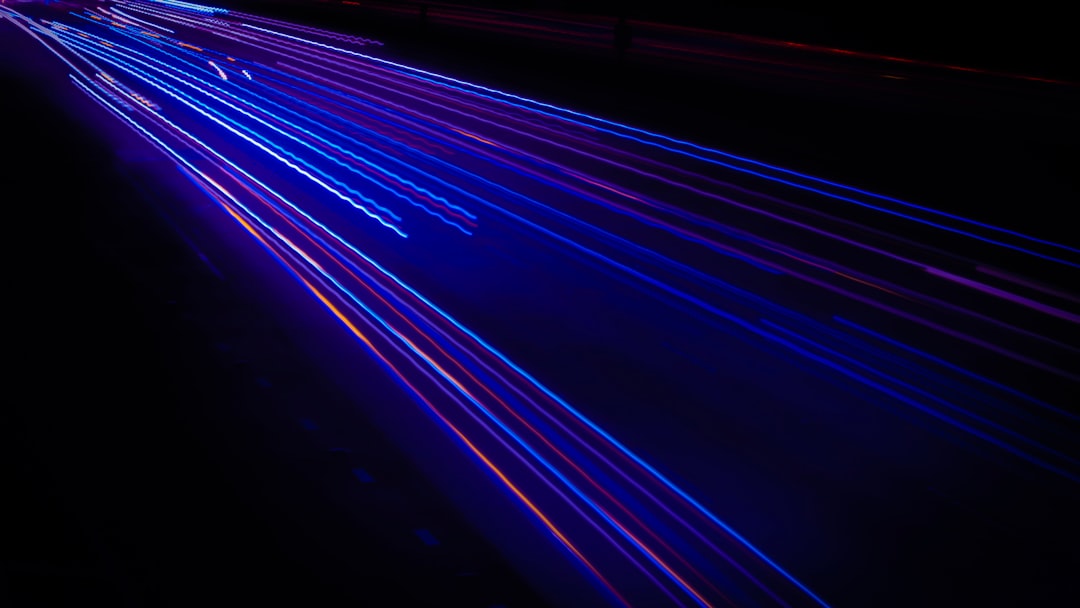What is it about?
Some materials can absorb light at one wavelength and emit it at another. When exposed to light, these materials glow and are called “photoluminescent.” These materials have many practical applications. For example, lead halide perovskites are photoluminescent crystals that can be used in solar cells, LED lights, and other devices. But, the lead in these crystals is harmful for the environment. A new kind of crystal consisting of cesium, nickel, and chlorine (CsNiCl3) can be an alternative. The only roadblock is that it is not photoluminescent. Researchers have, however, found a solution. In a new study, they described a way to produce photoluminescent CsNiCl3 nanocrystals (NCs). These are made using a simple, scalable, hot injection method. How did they make the NCs photoluminescent, though? They used indium and copper to “dope” the crystals, producing photoluminescent CsNiCl3. The crystals now emitted green fluorescence that had a wavelength of 530 nm. They continued emitting light for a long time in a stable manner. Not just that, the proposed doping of copper and indium lead to a sixfold improvement in the yield of these NCs. This means the number of photons emitted versus the number absorbed is higher than NCs doped with only copper. All in all, the novel NCs were quite efficient!
Featured Image

Photo by Jack B on Unsplash
Why is it important?
Perovskite crystals find uses in multiple applications, but their available forms are toxic to the environment. This new method makes their production sustainable. This could mean we will have improved electronics in the future without having a negative impact on the planet. KEY TAKEAWAY: The novel NCs produced here can lead to the creation of safer, more environmentally friendly materials for electronics in the future.
Read the Original
This page is a summary of: Conversion of the non-luminous lead-free inorganic halide perovskite variant CsNiCl3 nanocrystals into photoluminescent materials by Cu+ and In3+ doping, APL Materials, November 2022, American Institute of Physics,
DOI: 10.1063/5.0123508.
You can read the full text:
Contributors
Be the first to contribute to this page










